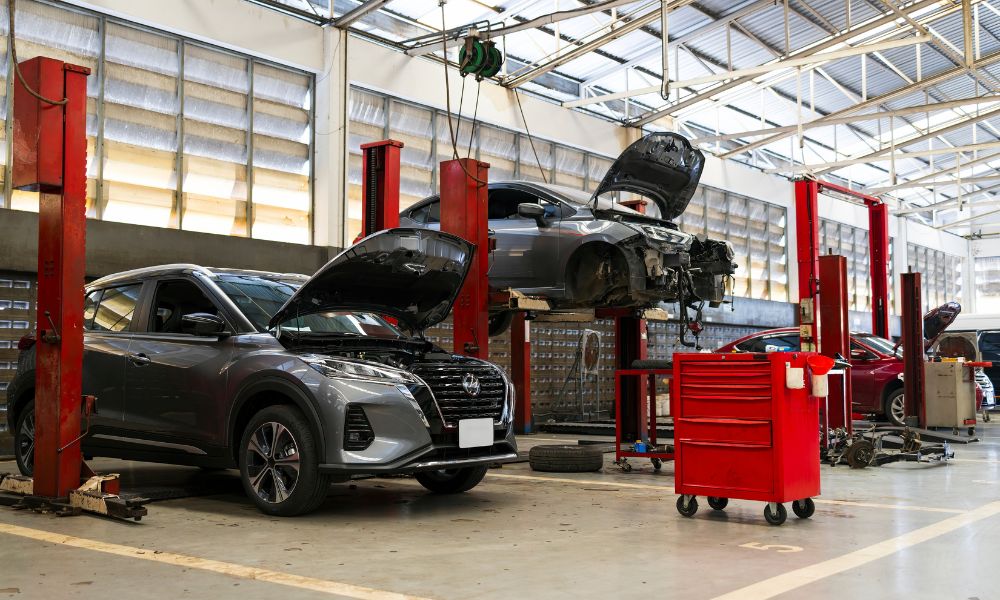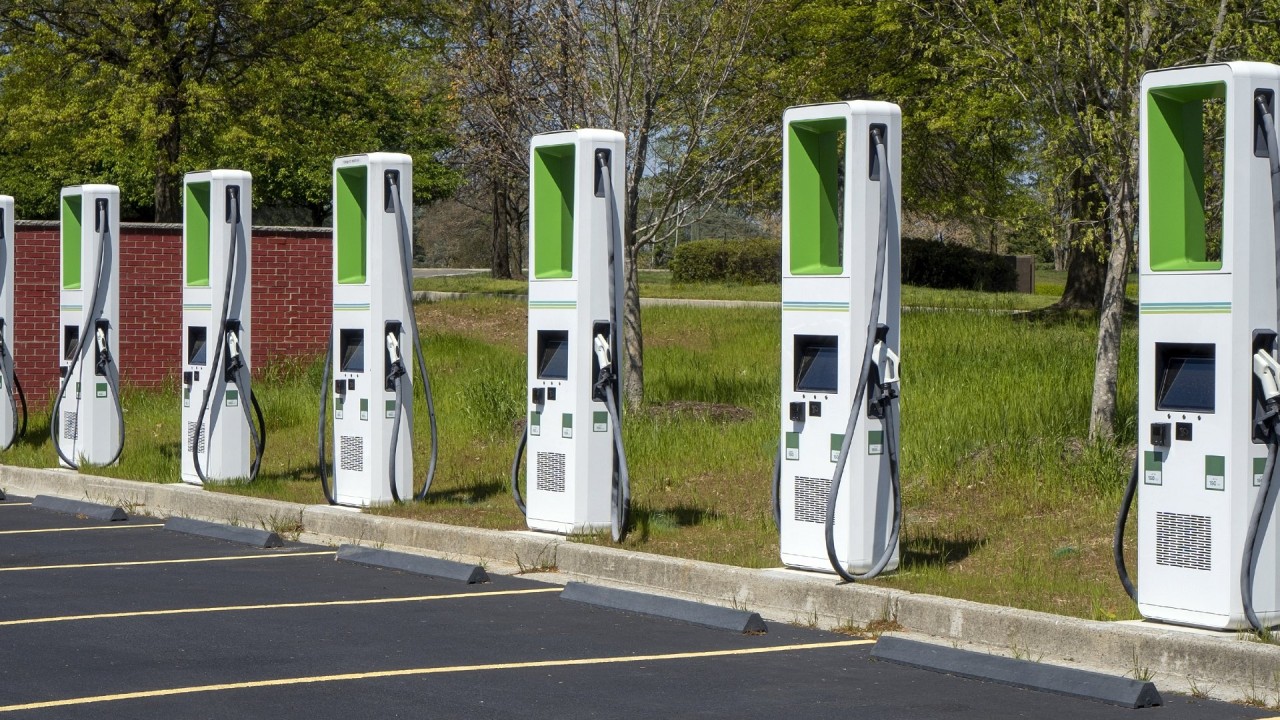The Convenience Comes at a Cost: The Power Seat’s Energy Demand
Power seats, which provide unmatched comfort and adjustability, are a common luxury in contemporary automobiles. Nevertheless, there is an energy requirement that is frequently disregarded for this convenience. Electric motors that are powered by the car’s 12-volt battery start up whenever you move your seat. The number of motors used, the length of time spent on each adjustment, and the overall motor system efficiency all affect how much power is drawn. Even just one adjustment might not seem like much, many adjustments combined with a weak or aged battery, or repetitive use over a little period of time, might result in a substantial depletion.
Factors Influencing Battery Drain: Beyond the Obvious
Power chair battery depletion depends on more than user adjustment behaviors. Age and condition of seat motors are crucial. Older or worn motors need more electricity to move the same amount. Seat energy use may also depend on ambient temperature. Cold increases the battery’s internal resistance, making power delivery harder and perhaps worsening power seat use. The vehicle’s electrical system design and type also matter.
Quantifying the Drain: Measuring the Impact
Although it’s challenging to pinpoint the exact amount of power drain brought on by power chairs, several approximations can give you a sense of proportion. Depending on the load it is subjected to, a standard power seat motor can draw anywhere from 5 to 20 amps when operating. A short, gradual adjustment will typically use less power than fully extending a seat forward or backward or elevating it to its maximum height. When evaluated in watt-hours, the seat’s overall energy consumption for a single adjustment may be quite low.
Mitigating the Risk: Strategies for Battery Preservation
Being aware of how power chairs may affect battery drain enables drivers to take preventative action. Reducing needless seat adjustments, especially when the engine is off, is one easy way to do this. Try to make fewer, more significant adjustments to your seat posture if necessary, as opposed to making a lot of tiny ones. Using a voltmeter or other diagnostic equipment to regularly check the battery’s condition can also assist spot possible problems early. For expert assistance in maintaining your vehicle’s electrical systems, Auto Repair in Sacramento, CA offers reliable services to keep your car running smoothly.
Conclusion
Minimizing any detrimental effects of power seats on battery life requires a comprehensive approach to vehicle care. A longer-lasting and healthier battery can be achieved by careful usage of power-draining accessories, routine battery testing, and charging system maintenance. Drivers can take advantage of the comfort of contemporary conveniences without sacrificing the dependability of their car’s electrical system by being aware of the energy requirements of equipment like power seats and practicing cautious usage.




